The Madonna of the Goldfinch is an oil painting by Raphael, painted in Florence around 1507. In the early 1500s, art and culture were flourishing in Florence. Florentine noblemen competed to commission works from the best painters and sculptors of their time. Leonardo and Michelangelo dominated the artistic scene. Conditions were ideal for talented young artists like Raphael, who moved from Urbino to Florence in 1504. Raphael soon met a rich Florentine merchant, Lorenzo Nasi, for whom he would paint the Madonna of the Goldfinch. The painting celebrated Nasi’s wedding, and was one of the many variations on the theme of the Holy Virgin that the artist would undertake over the course of his life.
The painting portrays the Virgin seated on a rock, holding a book. Her head is at an angle, looking down. Before her, a young St. John the Baptist hands a goldfinch to Jesus. The composition is pyramidal, inspired by Leonardo’s paintings, with the Madonna at the vertex of an imaginary triangle. The use of chiaroscuro on the faces is further proof of Leonardo’s influence. On the other hand, the monumental nature of the figures in the background and the positioning of Jesus between his mother’s knees are evocative of Michelangelo’s work. The painting’s greatness and originality lie in the intimate and delicate atmosphere of the scene, which expresses the idea of beauty as balance, harmony, natural gestures and serene spirituality. To copy the three human figures from his preparatory sketches to the wooden board, Raphael used the spolvero technique. First, the original drawing was perforated along its outlines, then placed on the board, and finally dusted with powdered color to transfer the pattern onto the wood. The hilly landscape in the background and the bridge, however, were painted freehand.
The scene is full of religious meaning: John’s handing of the goldfinch is an omen of the Passion of Christ. This is because a bird is thought to have rested on Jesus during his crucifixion, staining its feathers in blood. The open book in the Virgin’s hand represents the Revelation of Christ’s destiny. In 1547, Lorenzo Nasi’s home collapsed, burying the artwork. Nasi’s son Giovanbattista managed to salvage the painting from the rubble. Fortunately, although the board had been broken into 17 pieces, it was possible to put it back together again. Between 1999 and February 2008, the painting underwent lengthy restoration. Today, the Madonna of the Goldfinch is on display at the Uffizi Gallery in Florence.
The painting portrays the Virgin seated on a rock, holding a book. Her head is at an angle, looking down. Before her, a young St. John the Baptist hands a goldfinch to Jesus. The composition is pyramidal, inspired by Leonardo’s paintings, with the Madonna at the vertex of an imaginary triangle. The use of chiaroscuro on the faces is further proof of Leonardo’s influence. On the other hand, the monumental nature of the figures in the background and the positioning of Jesus between his mother’s knees are evocative of Michelangelo’s work. The painting’s greatness and originality lie in the intimate and delicate atmosphere of the scene, which expresses the idea of beauty as balance, harmony, natural gestures and serene spirituality. To copy the three human figures from his preparatory sketches to the wooden board, Raphael used the spolvero technique. First, the original drawing was perforated along its outlines, then placed on the board, and finally dusted with powdered color to transfer the pattern onto the wood. The hilly landscape in the background and the bridge, however, were painted freehand.
The scene is full of religious meaning: John’s handing of the goldfinch is an omen of the Passion of Christ. This is because a bird is thought to have rested on Jesus during his crucifixion, staining its feathers in blood. The open book in the Virgin’s hand represents the Revelation of Christ’s destiny. In 1547, Lorenzo Nasi’s home collapsed, burying the artwork. Nasi’s son Giovanbattista managed to salvage the painting from the rubble. Fortunately, although the board had been broken into 17 pieces, it was possible to put it back together again. Between 1999 and February 2008, the painting underwent lengthy restoration. Today, the Madonna of the Goldfinch is on display at the Uffizi Gallery in Florence.
RELATED
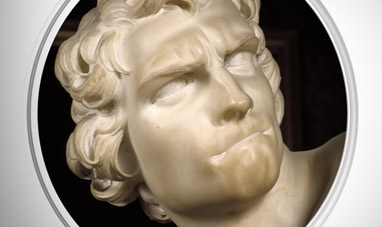

DAVID (BERNINI)
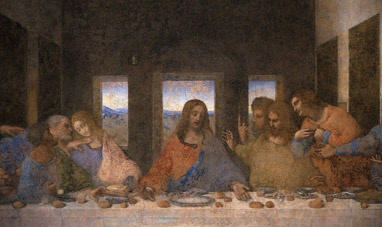

THE LAST SUPPER


BAROQUE
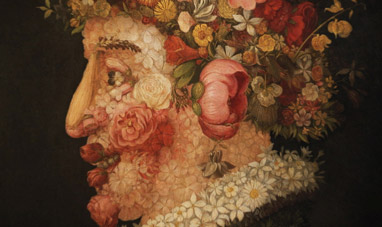

MANNERISM
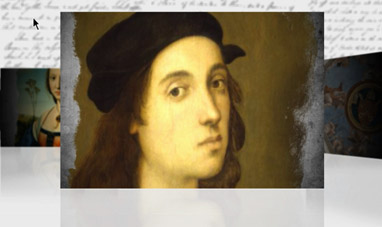

RAPHAEL
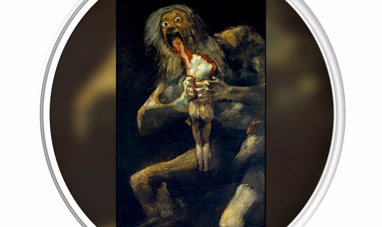

SATURN DEVOURING HIS SON
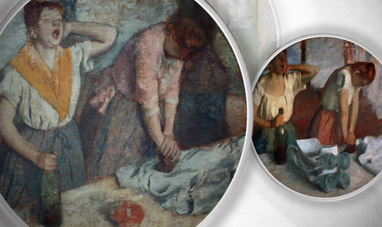

WOMEN IRONING
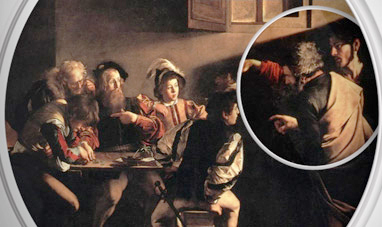

THE CALLING OF ST. MATTHEW
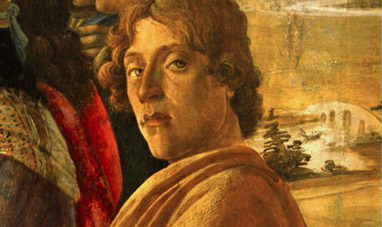

SANDRO BOTTICELLI
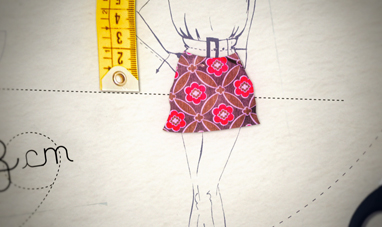

MINISKIRT
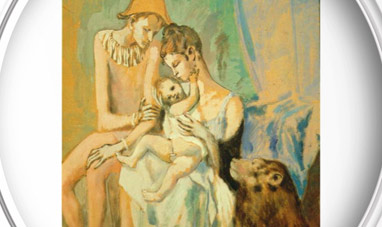

FAMILY OF ACROBATS, WITH MONKEY
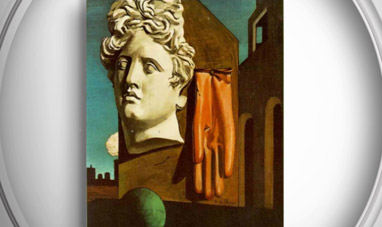

LOVE SONG


THE CRUCIFIX OF SANTA MARIA NOVELLA
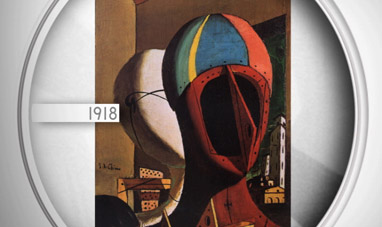

DISQUIETING MUSES
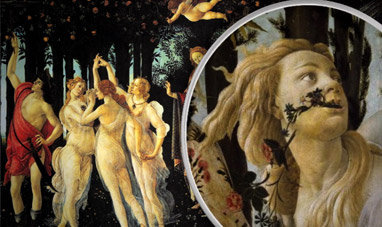

PRIMAVERA
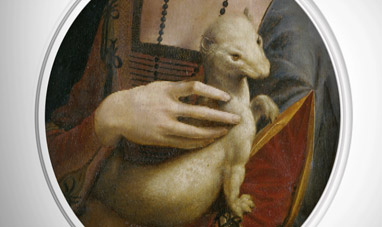

LADY WITH AN ERMINE
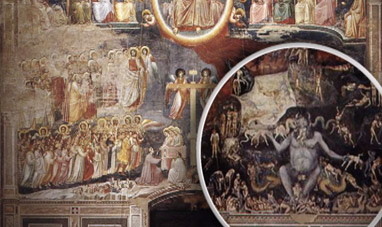

SCROVEGNI CHAPEL
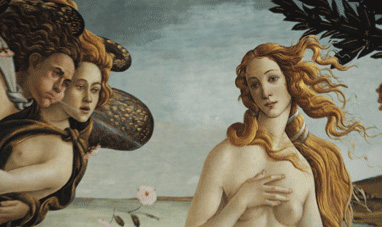

THE RENAISSANCE


THE THREE GRACES
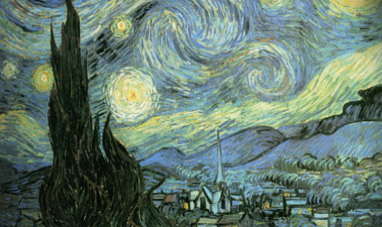

STARRY NIGHT
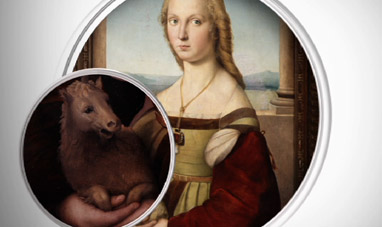

YOUNG WOMAN WITH UNICORN


ROMANTICISM
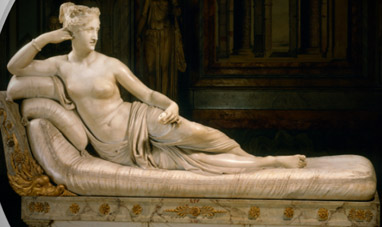

PAULINE BORGHESE
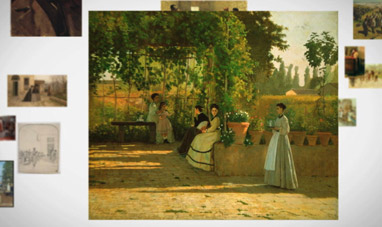

THE MACCHIAIOLI
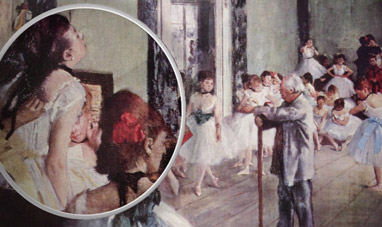

THE DANCE CLASS
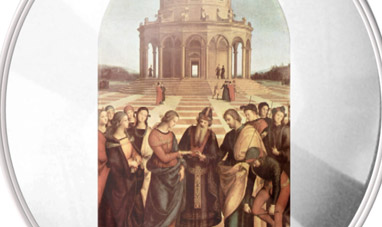

THE MARRIAGE OF THE VIRGIN
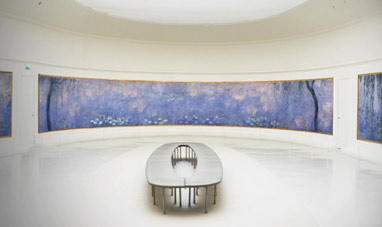

WATER LILIES (SERIES)
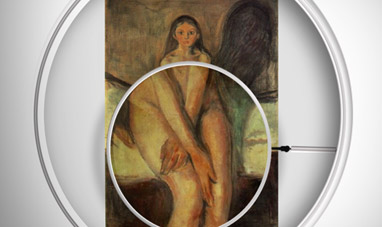

PUBERTY
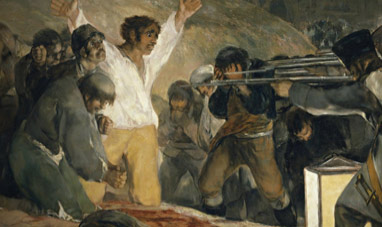

THE THIRD OF MAY 1808: THE EXECUTION OF THE DEFENDERS...
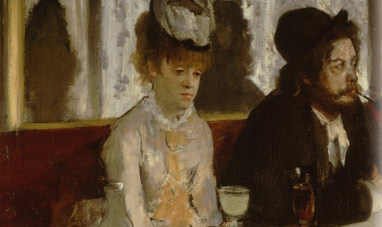

L'ABSINTHE
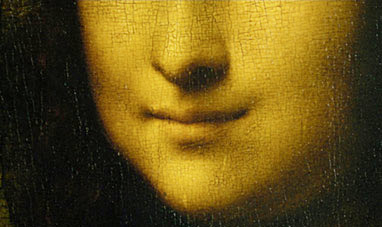

THE MONA LISA
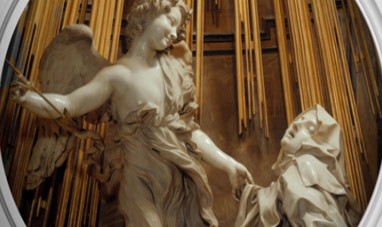

THE ECSTASY OF SAINT TERESA
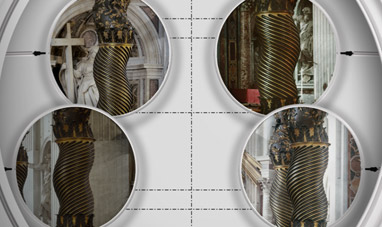

ST. PETER'S BALDACHIN
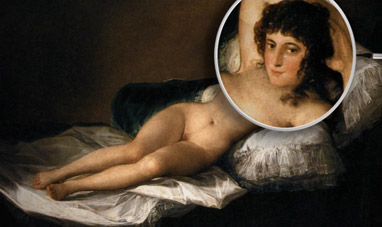

THE NUDE MAJA
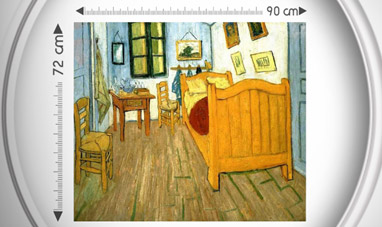

THE BEDROOM
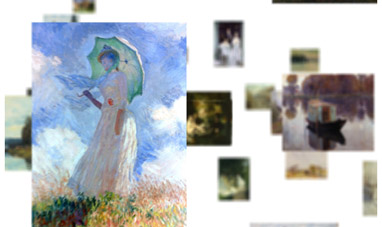

IMPRESSIONISM
